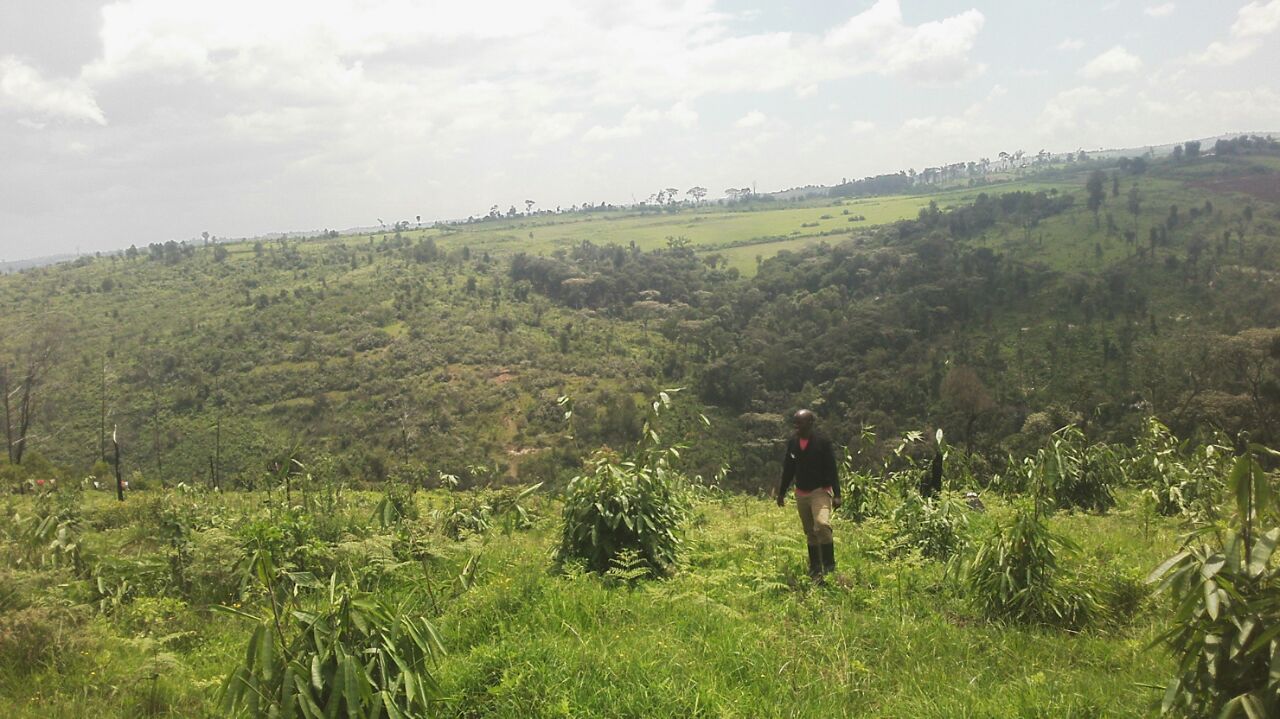By David Njagi
Nairobi, Kenya: As the world unites to battle the triple planetary crisis of climate change, biodiversity loss, and pollution, climate change governance has continued commanding global attention at Conference of Parties negotiations
But climate change governance is not just about policies and national climate action plans. Laws guiding how countries navigate the conservation of their fragile environments and ecosystems are critical if the world is to reduce the risk of exceeding the 1.5 degrees Celsius global warming threshold.
Kenya is no exception in this playbook and has established several legal instruments including the Kenya Climate Change Act, that blends the formal legal system with indigenous knowledge, culture, and heritage, in environmental conservation.
While these laws have been described as progressive, experts have questioned Kenya’s environmental conservation model pointing out gaps in the formal legal system, prompting various groups in Kenya to lobby for the adoption of customary laws to plug these gaps.
Customary laws refer to traditional rules and practices that govern various aspects of life within different African ethnic communities. They were based on customs, traditions, and cultural norms that were passed on for generations.

They represented accepted and tested Indigenous knowledge systems that African communities developed before colonization, often consisting of rules about family and communities’ relationship with the land and the environment.
For instance, in some East African communities, it was taboo to alter the natural course of a river because that was its natural law, ensuring downstream communities were not denied the right to freshwater supplies.
Similarly, it was taboo to cut down trees because it was believed nature prevented water reservoir loss by shielding its sources from direct sunlight when trees and forests shed their leaves to form a blanket of foliage on the surface. This natural shield also ensured microorganisms that feed plant life thrived.
“Customary laws include the stories of the origin of communities, how they interacted with nature, their experiences with nature, and the kind of guiding principles they distilled from that interaction with the natural phenomena around them,” said Gathuru Mburu, a conservationist working with the Ngaatho Community Foundation in Kenya in partnership with the African Biodiversity Network.
In a paper authored by Elia Mwanga, a researcher at Tanzania’s University of Dodoma, he argues that the world needs the cultural richness contained in indigenous knowledge to battle climate change, because this knowledge is acquired through long-term experiences and observations.
According to him: ‘unlike modern knowledge which is universal in nature, indigenous knowledge helps indigenous and local communities to address issues that are peculiar to their specific environments. In terms of climate change, this peculiar feature of indigenous knowledge can contribute positively to designing appropriate climate change adaptation strategies that are relevant to a specific geographical environment. For this reason, legal systems need to support indigenous knowledge and its expression in customary law’.
The need for environment conservation re-set has spurred communities to begin documenting customary laws aiming to educate the younger generation, promote inter-community knowledge exchanges, and use them as advocacy instruments for their recognition by Kenya’s legal system in environmental conservation.
Such an approach would be known as a plural legal system, where different legal instruments are used to address environmental and climate change challenges.
It would empower community-based jurisdictions to apply customary laws to litigate environmental disputes while also meting out punishments and fines to offenders who may have breached a particular law addressing environmental conservation.
That would save communities lengthy litigations and enhance inclusivity among groups that feel marginalized by the formal legal system, said Mburu.
For instance, the ability to pursue a case under the formal legal system is very challenging in Kenya because of the high costs involved in litigation. This has been worsened by the fact that litigations are lengthy and it can even take years before a ruling is made, according to Kelvin Kubai, an environmentalist and human rights defender in Kenya.
Kenya’s environmental laws also lack community-based reparation programs or programs that compensate communities who may have been victims of environmental injustice. This is due to their alleged ties and adoption from the colonial government legal system that was not based on indigenous communities’ interests. Customary laws would address this gap.
“When you look at climate and environmental harm, the most affected are low to middle-income communities who may not have the financial power and muscle to bring any tortious litigation against the causes of such harm,” said Kubai.
Contemporary legal regimes backed by indigenous knowledge in the battle against climate change and environmental degradation are a mix of systems recognized globally by scientific bodies like the Intergovernmental Panel on Climate Change.
Article 8J of the Convention on Biological Diversity recognizes the use of indigenous knowledge in conservation. So does the Intergovernmental Science-Policy Platform on Biodiversity and Ecosystem Services, which looks at how different knowledge systems can collaborate to battle the triple planetary crisis.














